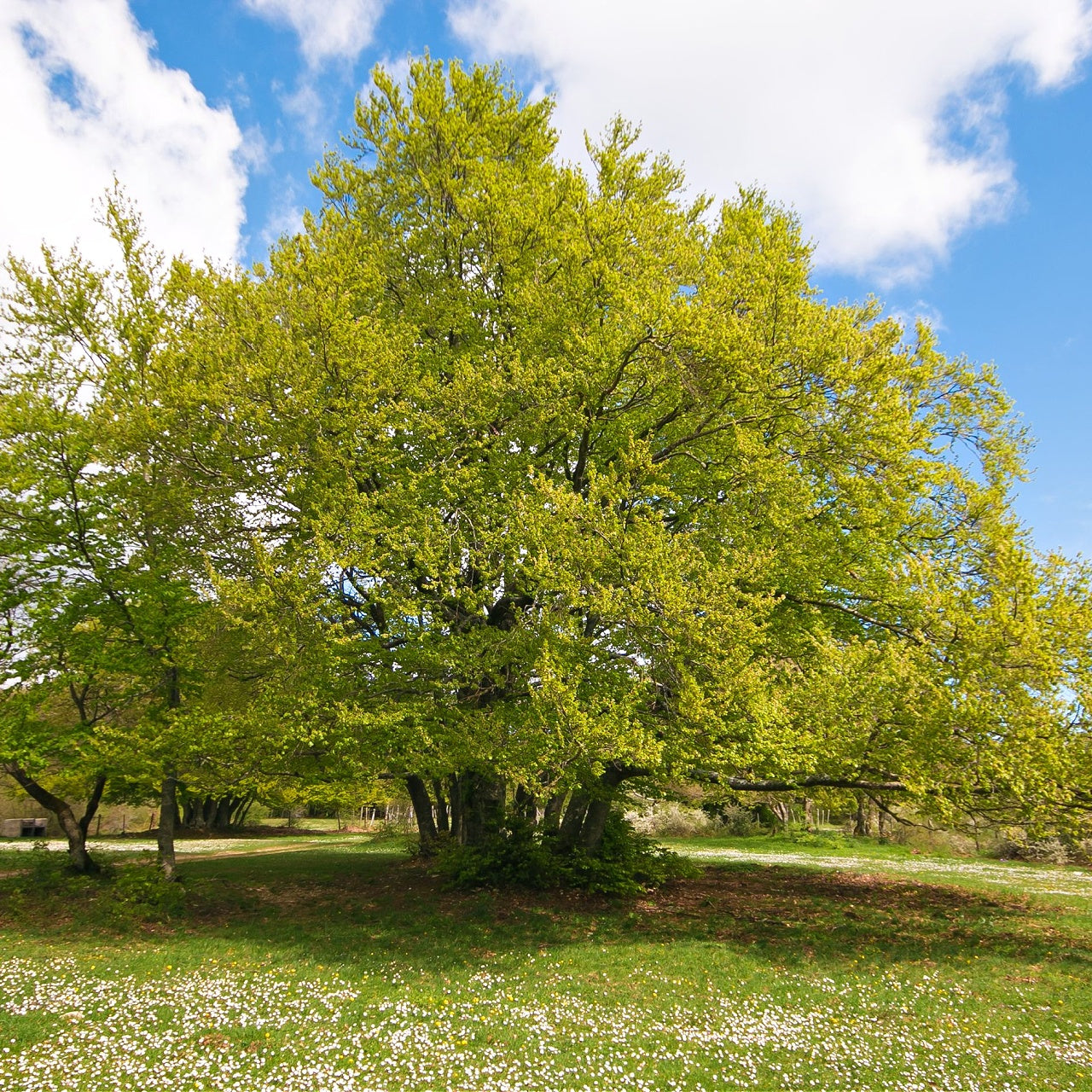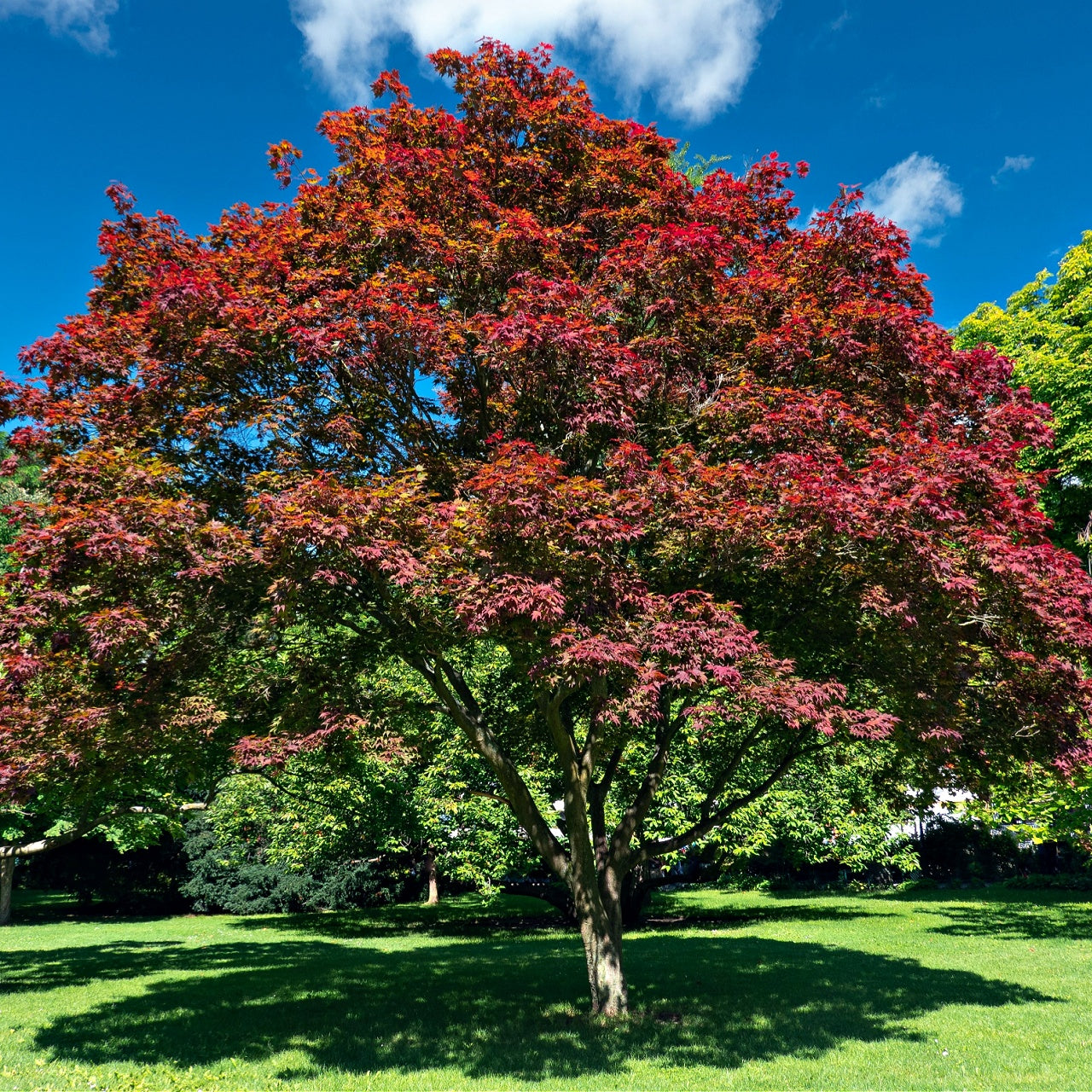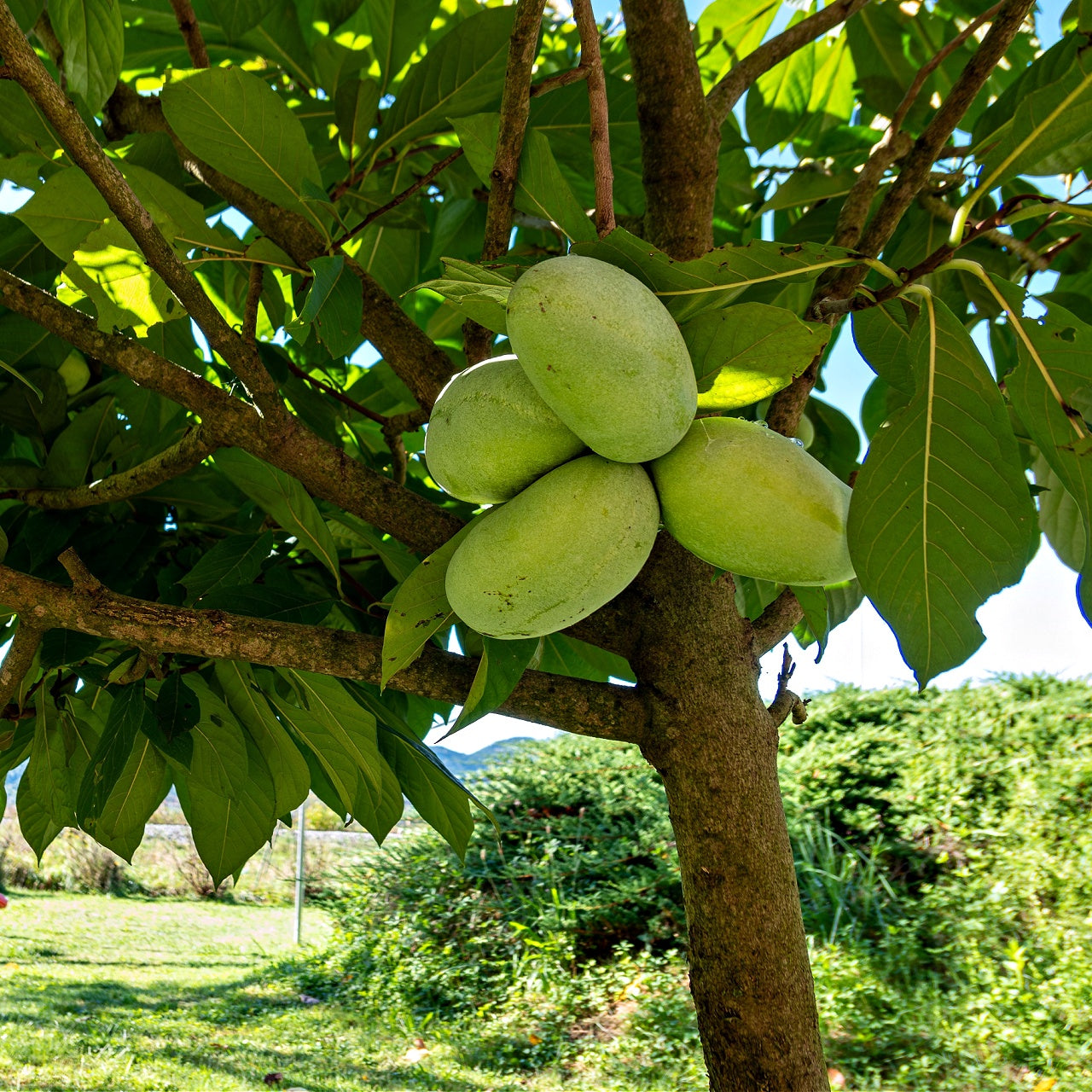
Tomorrow’s Harvest Today
Tomorrow’s Harvest Today
Soilless Medium Innovations: Charting a New Path for Modern Agriculture
There is an unprecedented need to develop sustainable agricultural solutions. Population expansion and climate pattern shifts are putting intense pressure on traditional agrarian methods globally. Conventional farming methods depend on extensive arable land with regular rainfall and fertile soil to maintain productivity. Urban expansion combined with soil depletion and resource scarcity has disrupted the dependability of traditional farming conditions. Researchers and farmers are now focusing on soilless cultivation methods to grow crops with optimal efficiency and minimal waste. The latest advancements aim to solve environmental concerns and lower production costs while introducing innovative fruit and vegetable cultivation approaches.
The Rise of Hydroponics
Hydroponics is one of the first primary soilless cultivation methods that uses nutrient-rich water solutions to replace soil. Plants grown in hydroponic systems access dissolved nutrients directly, allowing them to take in essential elements exactly when required. Growers achieve waste reduction and enhanced plant growth through precise nutrient management. Hydroponics systems use less water than traditional farming because they recycle water within closed-loop systems. Small indoor hydroponic systems generate impressive yields, making urban settings centers for hydroponic innovation when arable land is limited or unavailable. Hydroponic cultivators who position vertical farms near their customer base can decrease transportation expenses and lower carbon emissions from food distribution across great distances.
The effectiveness of hydroponic systems depends on precise control of environmental variables. Hydroponic systems provide crops with consistent optimal growing conditions through accurate lighting control, temperature and humidity levels, and pH balance. Despite the need for advanced technology and initial financial investment, hydroponic systems are wise choices due to their future cost savings and ability to withstand drought and extreme weather conditions. Developing new nutrient solutions alongside system designs remains an active area of research to advance efficiency. Hydroponics will become a primary sustainable agriculture method for city dwellers and countryside farmers through ongoing development.

Breaking Ground with Aeroponics
Although hydroponics has received the most significant attention, aeroponics has advanced soilless growing techniques even further; within an aeroponic system, plant roots remain exposed in a controlled setting while they receive periodic misting with nutrient-rich water. Aeroponic systems facilitate quick plant growth and high production yields through nutrient delivery in an oxygen-rich environment. Aeroponics uses little water and does not need physical growing materials, which results in lower costs and reduced space needs, making it ideal for tight urban spaces.
Aeroponics provides unmatched access to plant roots, enabling real-time monitoring of root health. Growers can quickly modify nutrient levels or identify diseases to stop problems before they become severe. The precision of aeroponics results in resource preservation while promoting healthier crops and more rapid growth cycles. Advanced sensors in some aeroponic systems collect root zone temperature and ambient humidity data to manage plant development conditions properly. Aeroponics requires higher initial costs, but forward-thinking growers find it attractive due to its long-term benefits, such as swift plant cycles, reduced resource consumption, and minimal waste.
Exploring Alternative Substrates
Soil-free agricultural methods extend beyond water-based systems. Manufacturers have developed multiple solid substrates, including coconut coi, Rockwool, the peril, te, and vermiculite, to enable plant growth without using traditional soil. These substrates function as secure root anchors and offer exceptional drainage and aeration properties. The popularity of coconut coir stems from its sustainable nature and extraordinary ability to hold water and nutrients. Rockwool combines spun molten rock fibers to deliver exceptional aeration and insulation properties. Despite their lightweight, perlite and vermiculite are exceptionally capable of storing moisture and supporting healthy root growth.
Growers achieve precise water and nutrient delivery control by employing drip irrigation systems alongside these substrates or intermittently administering nutrient solutions. The precision of substrate management produces strong plant growth, while their inherent properties decrease the chances for soil-dwelling pests to establish. These substrates demonstrate reusability or biodegradability, which helps reduce waste and lower total expenses. Farmers and researchers conduct experiments combining various substrates to use unique properties such as water retention and aeration to create tailored growing environments. This innovative agricultural generation thrives in greenhouses, urban rooftops, and old industrial zones without using traditional soil.
The development of soilless growing mediums is proof of human adaptability, and it continues to evolve despite facing substantial challenges. Soilless farming methods stand out as essential tools to handle the challenges of population expansion and environmental stress while meeting the need for local quality produce. Hydroponics and aeroponics enable food production with reduced input needs under controlled conditions, while alternative substrates present adaptable and economical options for sustainable agriculture in various environments. As research progresses, these systems evolve into less resource-demanding and more productive platforms while improving user accessibility.
Critics doubt that soilless farming methods can replicate the cultural heritage, flavor profiles, and complexity of traditional agriculture that grows food in the soil. Nutrient solutions and substrate formulations keep advancing, which enables soilless crops to compete with or even exceed soil-grown plants in terms of taste quality and nutritional benefits. Enthusiastic chefs, food-conscious consumers, and experimental farmers are actively expanding the variety of crops grown without soil to include leafy greens, tomatoes, and root vegetables. Climate-controlled growing environments enable year-round crop production, stabilizing supply levels and reducing the environmental costs of transporting goods long distances.
Future advancements in soilless farming techniques will depend on joint work between scientists, engineers, farmers, and entrepreneurs to make these methods more efficient and widely accepted. Applying advanced automation and data analytical techniques reduces labor expenses while refining growth conditions, enhancing the attractiveness of soilless farming methods. Governments acknowledge the benefits of these technologies by providing urban agriculture incentives and supporting pilot vertical farming programs to demonstrate their community potential. The progress of soilless medium innovations suggests a promising future for delivering fresh produce and sustainable solutions to communities in urgent need.
Future agricultural practices will be developed within laboratories and indoor farms, where experts will work to improve advanced techniques. The distinction between conventional agrarian methods and controlled environment agriculture is expected to become less transparent with technological advancements. Today, hybrid methods merge advantageous elements from traditional farming and controlled environment agriculture. Soilless medium innovations provide a fascinating glimpse into future food production methods for seasoned soil gardeners, entrepreneurs exploring new markets, and environmentally conscious individuals. Through controlled environment cultivation of plants, we can establish a sustainable food system that remains flexible and resilient in meeting current challenges while conserving resources for the future.
DIY Hydroponics on a Budget
The hydroponic technique enables the soil-free cultivation of plants such as vegetables, herbs, and fruits inside a controlled environment, where results generally include increased yields and reduced pest problems. The price of commercially available hydroponic systems is high, but you can make your hydroponic system with minimal materials and cost. You can access fresh produce throughout the year without overspending if you apply basic knowledge and resourceful methods.
Determine which hydroponic system suits your needs before starting construction. The Kratky method is one of the simplest and least expensive hydroponic systems because it operates passively without needing pumps or electricity. In the Kratky hydroponic system, plants hang above nutrient solution in a container. The roots expand within the container, producing air exposure for the upper root section, while the water continuously nourishes the lower root section. Your basic setup requires a container such as a bucket or large plastic storage bin, a lid, net pots, and a good nutrient solution. This method requires minimal cost and complexity, which makes it perfect for beginners.
An essential Deep Water Culture (DWC) system presents a budget-conscious solution for growers. The Deep Water Culture system needs an air pump and air stone to oxygenate its nutrient mix, though the remaining parts can be constructed from standard household materials. A sturdy plastic container such as a 5-gallon bucket or large tote is required alongside net pots and a growing medium like rock wool, perlite, or coco coir. Air pumps and tubing systems are popular for small aquariums to deliver airflow that maintains root oxygenation. You can assemble a working hydroponic system using these essential parts within a few hours.
You can decrease costs further by finding ways to use existing household items in your projects. Old plastic bottles provide excellent materials for small hydroponic planters and plastic containers like totes and buckets can usually be picked up for free or at a minimal cost. Containers and essential tools can be found in dollar stores, thrift shops, and online secondhand marketplaces. Several manufacturers offer budget-friendly all-in-one nutrient mixes that you can purchase in concentrated form to dilute following the provided instructions. You can try homemade organic solutions but expect difficulty achieving precise nutrient balance.
Proper lighting stands as a crucial element for indoor plant cultivation. Position your setup by a south-facing window whenever possible to let your plants benefit from natural sunlight. Choose an affordable full-spectrum LED or fluorescent grow light when natural light is insufficient. You can find used or discounted grow lights through online marketplaces and by visiting nearby gardening stores. A budget grow light becomes easy to set up with an adjustable lamp stand or basic clamp-on reflector.
After your DIY hydroponic system becomes operational, you must regularly monitor pH and nutrient levels to maintain healthy plant growth. You can find a basic pH test kit or pH meter for less than $15 to help you monitor levels. Maintain proper water levels to keep roots submerged in DWC systems or partially submerged in Kratky systems and make adjustments when needed.
A basic hydroponic system that delivers excellent results can be created with resourcefulness and standard supplies at a much lower cost than commercial kits. This economical method enables you to cultivate pesticide-free fresh produce at home throughout the year without costly technology.






